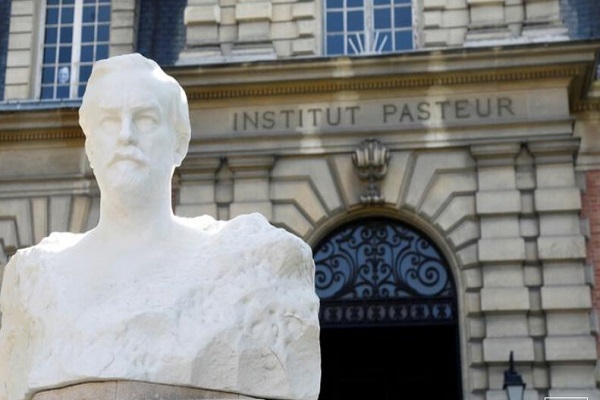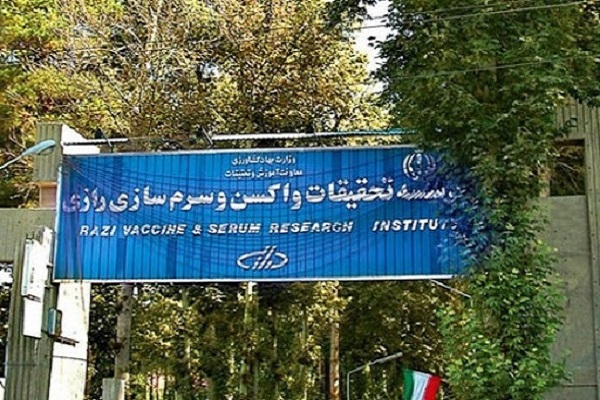Vaccination in Iran
In addition to producing the vaccines needed to vaccinate children and adults, Iran has been able to export the same vaccines to Asian, African and some European countries. Today, Iran ranks first in pharmacy in West Asia and seventh in the world.
Infectious diseases are eradicated or controlled
The history of vaccination in Iran and the study of the history and production of other vaccines in our country can also be a proof of this achievement of the corona vaccine. Infectious diseases such as plague, cholera, tuberculosis, tuberculosis, smallpox, typhoid, meningitis, pertussis, polio, mumps, measles, hepatitis B, etc. were diseases that caused human suffering for more than centuries, but for about a century. Until 10 years ago, all these diseases were controlled and eradicated, and our country’s researchers were able to control these diseases in the country with all their resources, while many developing countries are still suffering from these infectious diseases. They are suffering.
About a century ago, two research institutes and vaccine manufacturers started operating very close to each other, so that after a few years, in addition to saturating vaccine production, they were able to become the first in the West Asian region. These two centers are “Pasteur Institute of Iran” and the laboratory institute of “Razi Vaccine and Cold Research Institute”.
Paris Peace Conference and Pasteur Institute in Iran
The year was 1298. Exactly a century and a year ago, several months had passed since World War I. Our country still suffers from the sufferings of war, such as military campaigns, famines and conflicts with infectious diseases; But in these difficult circumstances, research on infectious diseases was started by our country’s researchers. At the discretion of Iranian scholars, when a delegation of Iranian political representatives was scheduled to attend the Paris Peace Conference; the visit of political representatives to the research center of the Institute Pasteur France was also on their agenda.
On November 1, 1298, the Iranian political delegation met with the late Emile Ro, a famous scientist and the then head of the Pasteur Institute in Paris. On December 20, 1299, the late Professor René Legrou entered Iran from Paris and established the Pasteur Institute of Iran with the help of the country’s elites.

Razi Vaccine and Serum Research Institute
Razi Vaccine and Serum Research Institute “started operating only a few years after the Pasteur Institute in 1303. To date, he has about 96 years of research experience in vaccination. The difference between this research institute and the Pasteur Institute was that at first this institute entered the research phase under the supervision of the Ministry of Agriculture to fight animal diseases. The first action of the Razi Institute was to fight the plague of cattle. The epidemic had killed hundreds of thousands of cattle and posed a great threat to the country’s livestock. Production and supply of plague vaccines caused the institute to enter a new era of disease control and in a short time the production of vaccines and serums for medical use will be on the agenda of the institute.

When Razi was run by Iranian experts
Of course, the growth and development period of Razi Vaccine and Serum Research Institute occurred in 1329, when all the mechanisms of Razi Institute were entrusted to local specialists. Measles vaccination in Iran started with the production of this vaccine in 1346, but the coverage of the vaccination program was very low before the revolution.
After the Islamic Revolution, the activities of the Razi Vaccine and Serum Research Institute expanded quantitatively and qualitatively, so that major research and production of livestock and human vaccines, including mumps, rubella, and triple “measles, rubella, and mumps” vaccines were carried out during these years. The pertussis vaccine was also developed at the Razi Vaccine Institute.
What does the World Health Organization say?
The program continued on a regular basis despite the problems caused by the imposed war, to the point that UNICEF acknowledged that the only country in the world where health indicators improved during the war and did not have deaths from contagious diseases was Iran. According to the World Health Organization, Iran has one of the best compulsory vaccination programs in the world. The ability to exclusively manufacture injectable polio as well as to produce a variety of recombinant drugs in the last decade has also astonished the medical advances of Iran, especially in the world medical community.
Transfer of vaccine technology to other countries
Razi Institute has transferred technology or helped set up similar institutions in other countries, including Jordan, Tunisia, North Korea, Switzerland, Uzbekistan, etc. To date, the Razi Institute has been able to register dozens of knowledge-based companies under its auspices, and now scientists with the same name in these knowledge-based companies have been able to make significant progress in making the corona vaccine.
Ranked 10th in the world in making vaccines
Iran is one of the high-index countries in the field of fighting infectious diseases. The world’s leading vaccine maker. Iran manufactures 11 human vaccines, 17 livestock vaccines, 19 poultry vaccines and one aquatic vaccine. With the activities of two institutes, Pasteur Institute and Razi Serum and Vaccine Research Institute, Iran is one of the top 10 countries in the world in the field of production of human, livestock and poultry vaccines.
